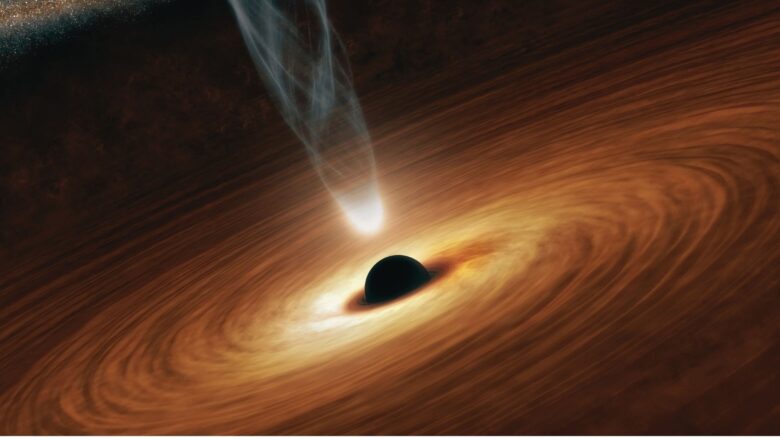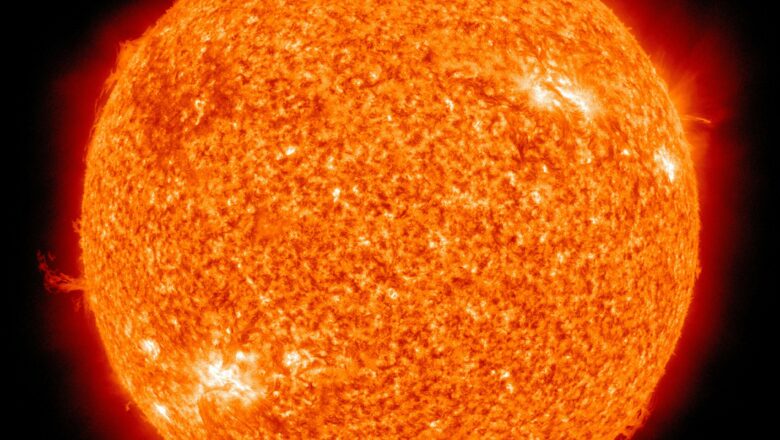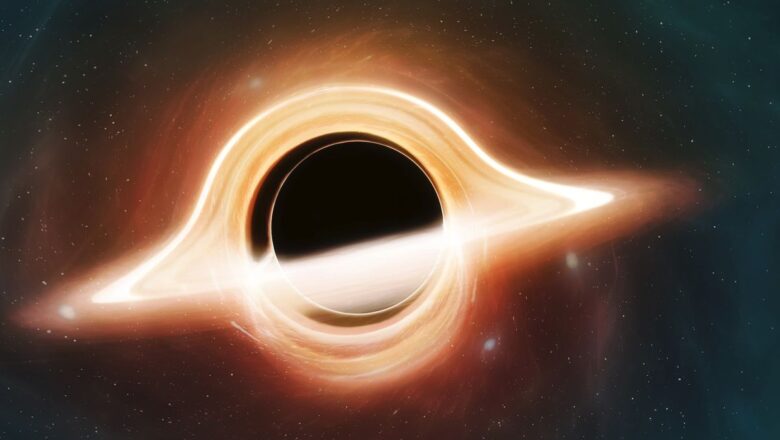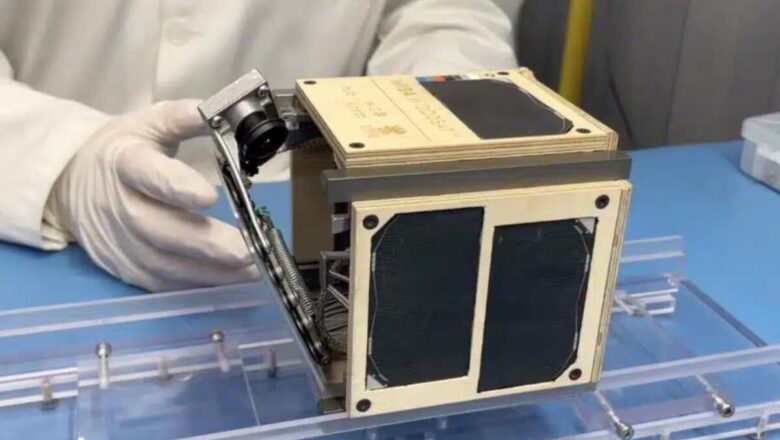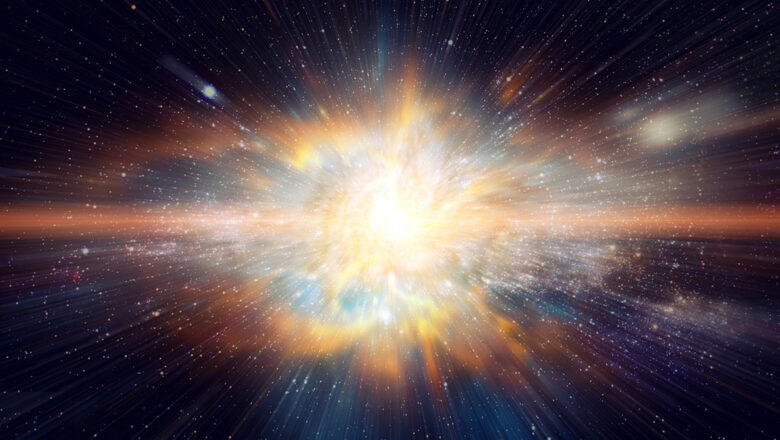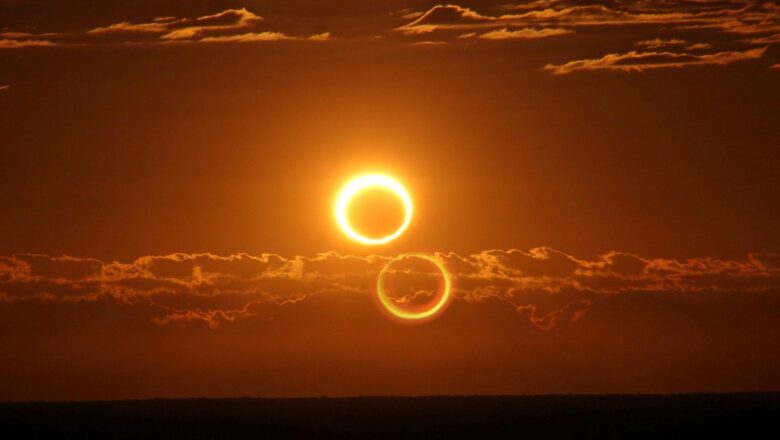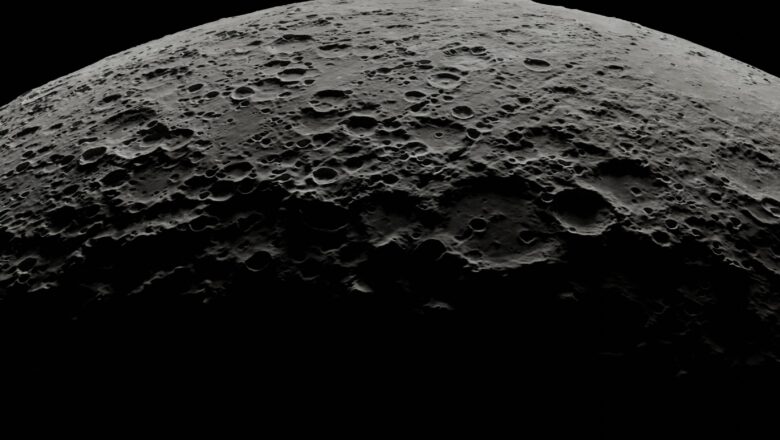
Volcanic Activity Unveiled on Moon’s Far Side: Chang’e-6 Mission Breakthrough
A groundbreaking collaborative study by U.S. and Chinese scientists has uncovered evidence of ancient volcanic activity on the Moon's far side, a region often shrouded in mystery. The analysis of basalt fragments collected during China's Chang'e-6 mission reveals volcanic eruptions dating back over 4.2 billion years, with some surprisingly recent activity around 2.83 billion years ago.
The findings, published in prestigious journals Nature and Science, shed new light on the Moon's lesser-explored far side, offering insights into its unique geological history compared to the near side visible from Earth.
Chang'e-6 made history as the first mission to retrieve samples from the Moon's far side, braving significant challenges during its nearly two-month operation. Using advanced radiomet...


